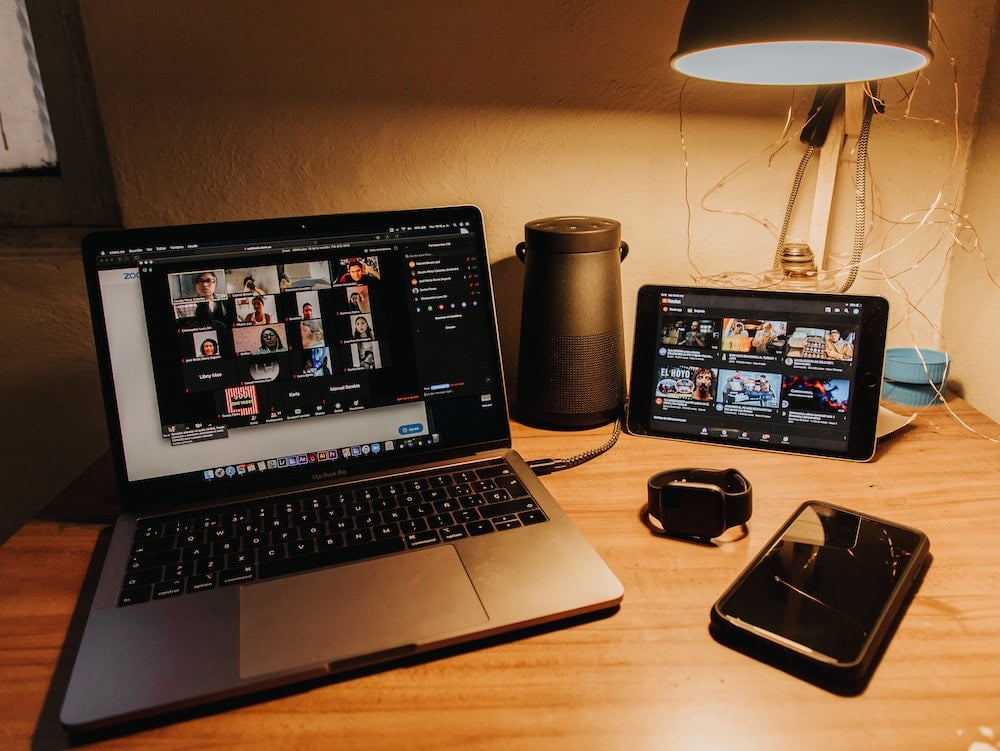 Authors: Ana Luisa Neves, Harris Lygidakis, and Gianluca Fontana.
Authors: Ana Luisa Neves, Harris Lygidakis, and Gianluca Fontana.
[wp_time_to_read]
For decades, digital health has promised to help address many of the challenges of primary care. Digital-first approaches, using either telephone, video or online technologies to deliver care, have the potential of improving efficiency and patient safety, and reducing health inequities by increasing access to care (1). However, despite the promise, adoption rates have remained slow.
The COVID-19 pandemic has abruptly changed the landscape. Many countries have released national guidance reshaping primary care delivery, introduced remote triage and consultation systems (2). In a few weeks, primary care physicians have swiftly transitioned from face-to-face contacts to digital-first solutions — and many patients have willingly accepted the change.
If the transition phase is managed correctly, primary care can arrive at a “new normal”
Primary healthcare systems need to be deliberate and have clear plans to ensure that this devastating pandemic leaves a positive legacy. In the current, “emergency” phase, while maintaining their focus on responding to the outbreak, health systems need to partner with researchers to rigorously evaluate the impact of the changes in practice – and draw lessons for the long term. This should be followed by a transition phase, carefully planned and managed, to support the stable adoption of solutions that proved their value, without having to go through all the bureaucratic steps that were in place before the pandemic. This should be done in a safe and considerate way, building up patient digital literacy and involving healthcare staff in design and maintenance, which should be helped by the fact that many technologies have gone through unexpected real-world trials during the emergency phase. If the transition phase is managed correctly, primary care can arrive at a “new normal”: a safe, interconnected, technology-enabled model of delivery, supported by ongoing monitoring of the new solutions, an updated regulatory and inspection approach, and open standards.
The pandemic is changing the face of primary care, but changes will not necessarily last after the outbreak is resolved. Health systems are set up to support the traditional ways of delivering care. The same powerful forces (behavioural, regulatory, financial) that slowed the uptake of technology will push us back towards the way things were before COVID-19 as soon as the emergency is over. There is an ethical imperative to learn from this massive real-life experiment, and use this once in a generation opportunity to take the best technology has to offer and change primary care for the better.
Ana Luisa Neves is a GP and Research Fellow at the Institute of Global Health Innovation, Imperial College London, where she focuses on use of digital technologies to deliver better, safer, and more patient-centred care. She is a member of the Executive Board of the European General Practice Research Network.
Harris Lygidakis is a GP and PhD student at the Department of Behavioural and Cognitive Sciences of the University of Luxembourg, participating in the development of an integrated mobile-health and community-health-worker program in nine areas in Rwanda. Harris will be transitioning into his new role as CEO of the World Organization of National Colleges, Academies and Academic Associations of General Practitioners/Family Physicians beginning November 2020.
Gianluca Fontana is the Director of Operations and a Senior Policy Fellow at the Centre for Health Policy, part of the Institute of Global Health Innovation, Imperial College London. He leads a multidisciplinary team of academics, clinicians and practitioners focused on creating evidence for health policy and education programmes in the areas of patient safety, digital health, end-of-life care and mental health.
References
1. Mold F, Hendy J, Lai YL, de Lusignan S. Electronic Consultation in Primary Care Between Providers and Patients: Systematic Review. JMIR Med Inform 2019;7(4):e13042.
2. Hollander JE, Carr BG. Virtually perfect? Telemedicine for covid-19. N Engl J Med 2020. [Epub ahead of print.] doi:10.1056/NEJMp2003539.
3. Donaghy E, Atherton H, Hammersley V, et al. Acceptability, benefits, and challenges of video consulting: a qualitative study in primary care. Br J Gen Pract 2019;69:e586-94.
4. Greenhalgh T, Koh GCH, Car J. Covid-19: a remote assessment in primary care. BMJ 2020;368:m1182.






